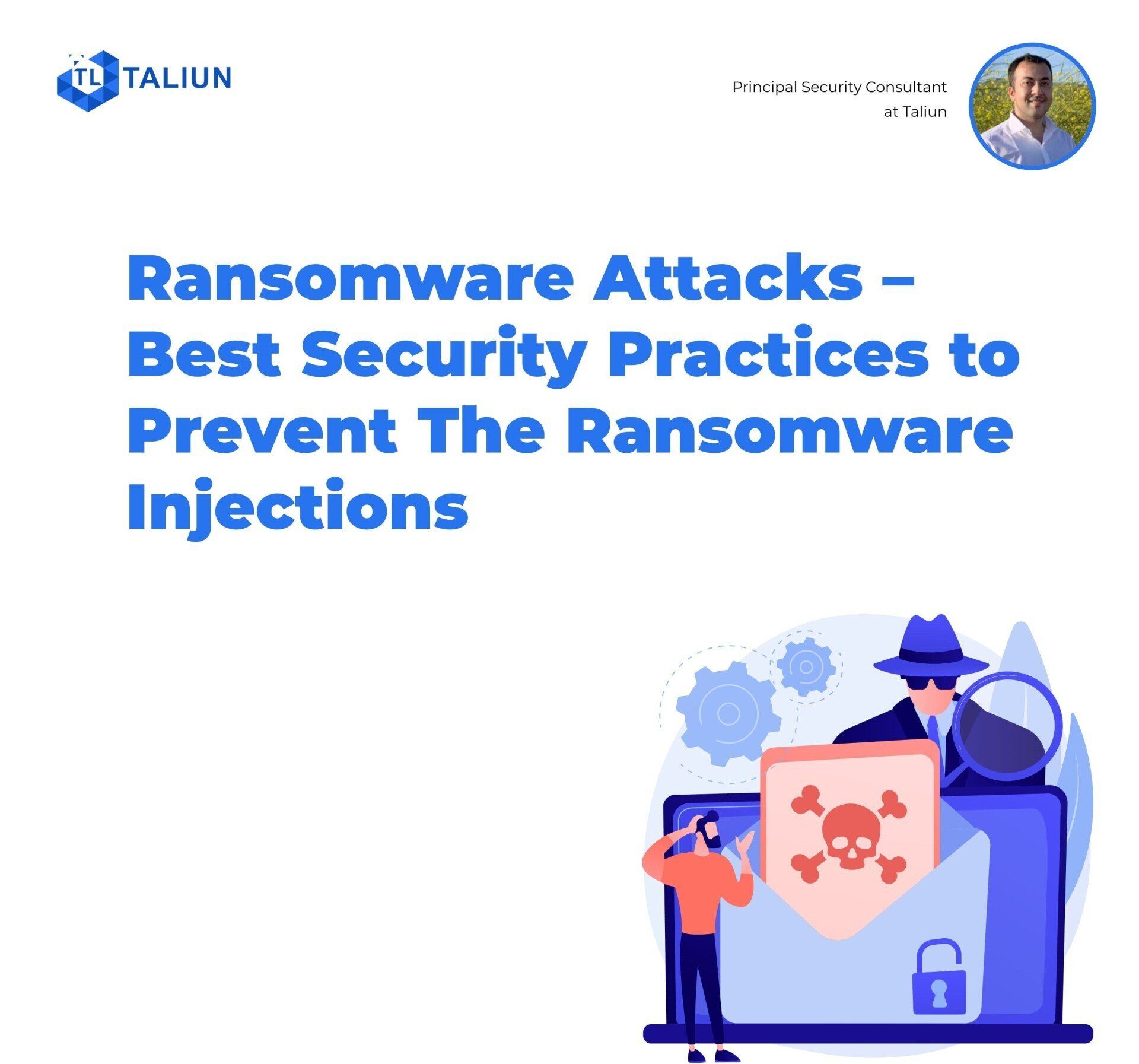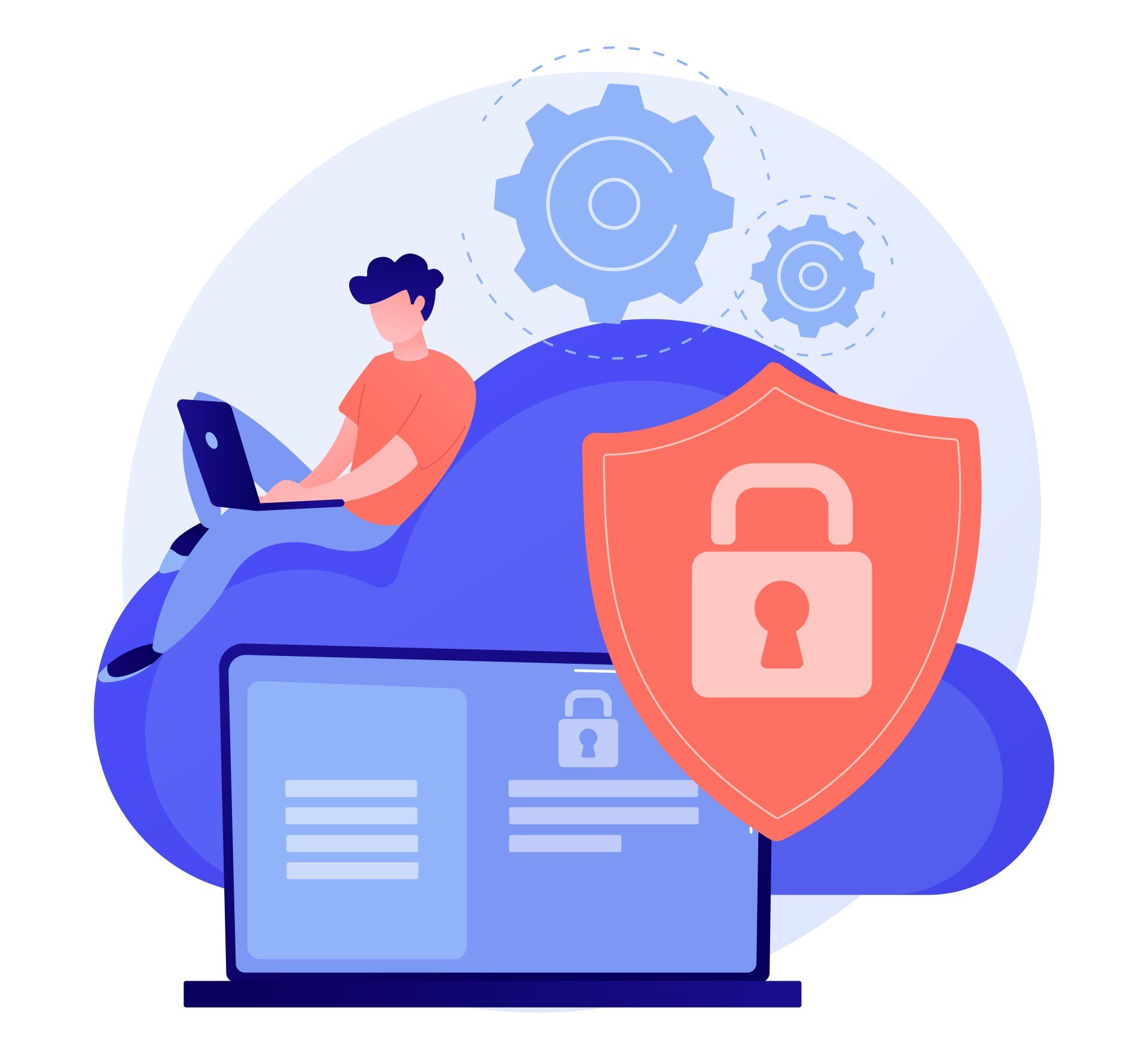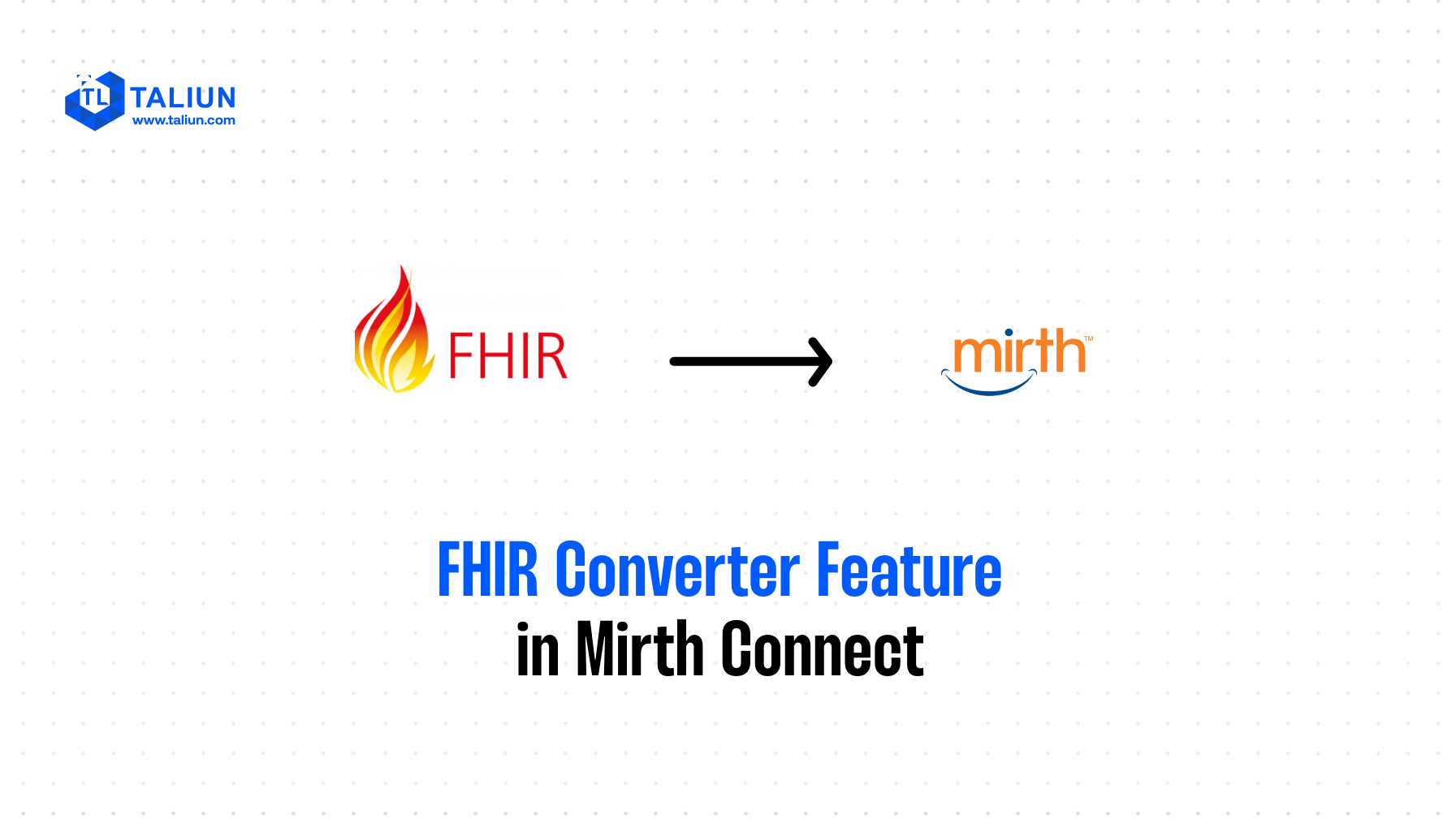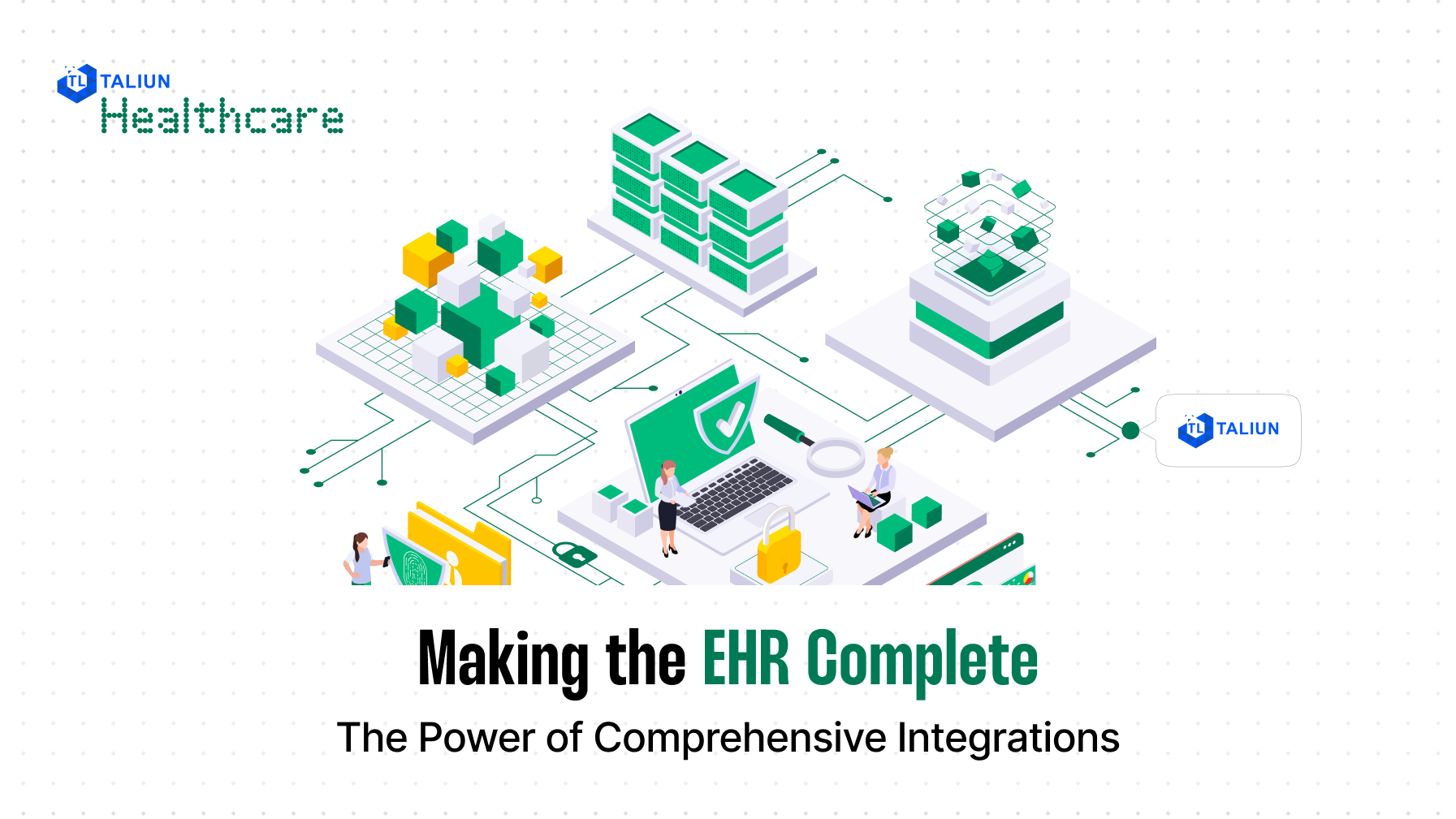Ransomware Attacks – Best Security Practices to Prevent The Ransomware Injections

Over the recent years, ransomware has come into the spotlight of the cyber threat landscape. As of not long ago, most ransomware attacks were essentially opportunistic and generally targeted against individual users or small-scale companies. However, now, attackers are broadly focusing on large enterprises and government organizations that have huge budgets to pay greater ransoms. They additionally have more important files and systems that are imperative for the organizations’ daily operations.
Understanding and adapting to the best security practices improves the likelihood of having the option to effectively defend against — or possibly eliminate the impacts of — a ransomware attack.
Set Up a Firewall
A firewall is the main security-based line of protection against ransomware. Firewalls check the incoming and outgoing traffic for possible cyber risks, allowing the security teams to constantly look for indications of malicious payloads. Preferably, your firewall must have the option to run Deep Packet Inspection (DPI) to analyze the information content. This feature automatically recognizes packets with malicious software.
Don’t Open Suspicious Links or Email Attachments
Ransomware can likewise find its way to your computer through infected links or email attachments. Refrain from opening any suspicious-looking links sent to you or files attached in an email. To ensure the email is secure, pay close attention to the sender and watch that the location is correct. Never open links and email attachment that makes you run macros to access them. If the file or link is infected, opening it will run a malicious full scale that gives malware control of your PC.
Use Web Filtering and Isolation Techniques
DNS Web Filtering solutions prevent users from visiting risky websites and downloading malicious documents. This assists with blocking malware and attacks that spread ransomware from being downloaded from the internet, including the Trojan horse virus that disguises malware as a real business application.
Using Isolation techniques can also be a significant tool to stop ransomware downloads. Isolation tools totally eliminate risks for users by isolating browsing activity in protected servers and displaying a secure render to the users.
Train Your Organization Regarding Cybersecurity
Organizations need to ensure that they give cybersecurity training to their staff to spread the required awareness about best security practices. In an ideal scenario, organizations will have to conduct traditional, mandatory cybersecurity training and instructional courses to ensure their employees are educated about current cybersecurity risks and prevention strategies. To further develop workforce awareness, organizations can test their employees with phishing evaluations that simulate real-world phishing activities.
End-point detection and response (EDR)
EDR solutions look for evidence of malicious or unusual user behavior/activity on servers, laptops, desktops, and managed mobile devices. EDR tools are one of the best defenses against ransomware and other malware attacks when properly deployed and monitored.
Subscribe to our Blogs
Contact Us
Thanks for subscribing! You'll now receive our latest blog posts straight to your inbox.
Please try again later.
Locations
US:
39899 Balentine Drive,Suite 200
Newark, CA 94560
Phone: +1-(408) 883 - 7902
India:
Ven Business Center I, First Floor, Baner - Pashan Link Rd, Pashan, Pune, Maharashtra 411021
Phone: +91 83293 46166
Copyright 2024 Taliun | Privacy Policy






